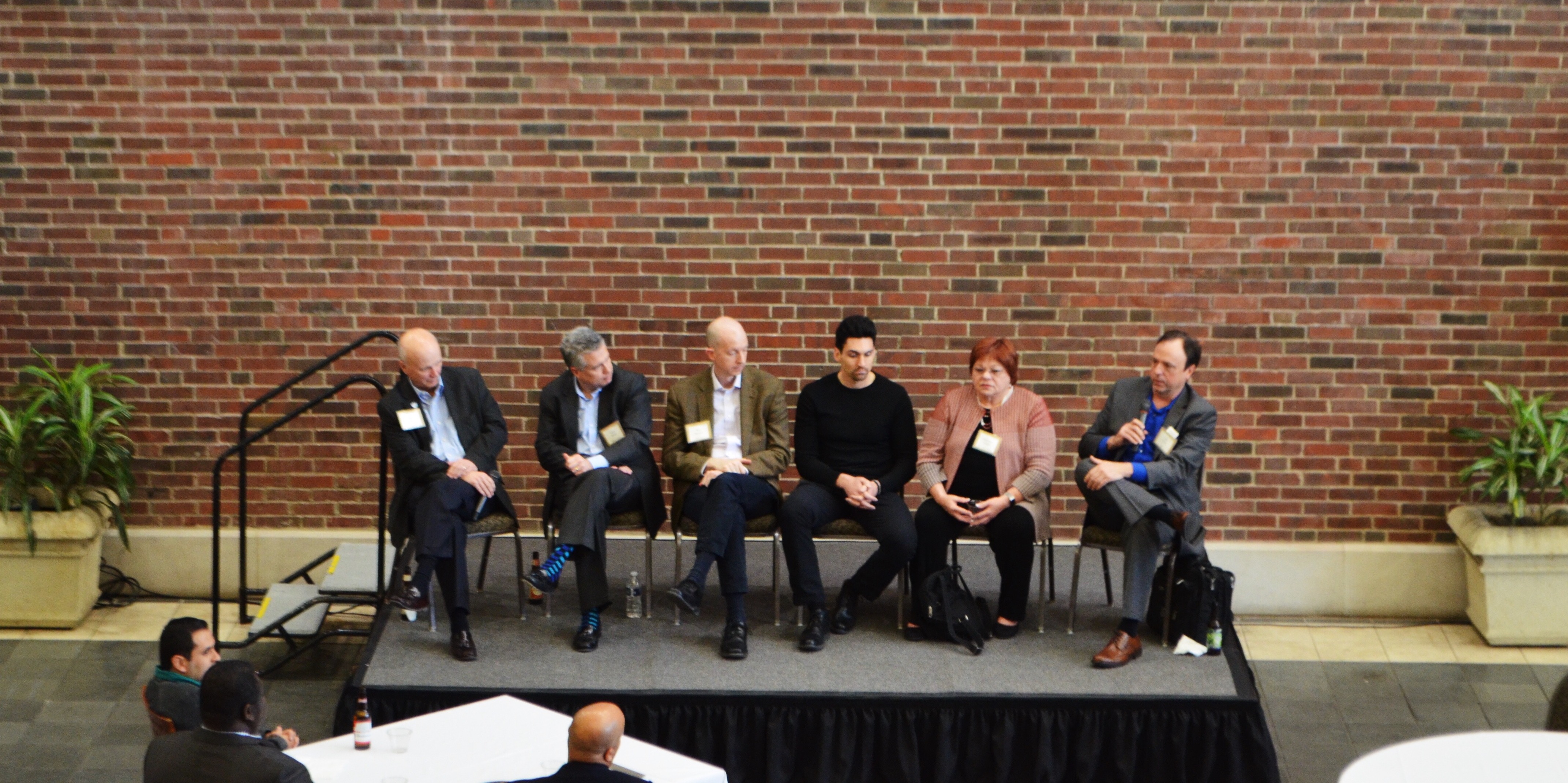Tive at Convergence Conference in St Louis

March 20, 2018
February 5, 2024
x min read

I spent last Tuesday with a group of supply chain professionals at the SLU Convergence Conference, sponsored by Saint Louis University and the Supply Chain Collective (SCC). The SCC is made up of an array of Missouri supply chain organizations including local chapters of the ISM (Institute of Supply Management), APICS (American Production and Inventory Control Society), and ASQ (American Society for Quality). The focus of the day was digitalization, with talks on blockchain, IoT and other topics. Plus of course a discussion of what St Louis needs to do to grow it's economy (more on that later).
I spoke on the topic of supply chain sensors, and participated later in the day on a panel with the other speakers. From questions during my talk and others, conversations with other attendees, and questions during the panel discussion, I saw three themes.
How Am I Going To Use That?
Several of the talks (including mine) were about new technology, which led attendees to express a mixture of excitement and concern. After one talk on blockchain, several participants seemed a bit bewildered by the mixturee of crypto-currency, smart contracts and distributed ledgers. "This seems important," was a common theme, "but I don't understand what I'm going to do with it." A second talk on blockchain (by a speaker from a large technology company) led to similar conversations around how small or mid-sized companies could take advantage of this technology. In fact, one person asked literally that question during the panel - most companies are small to mid-sized, he pointed out. How can companies like that take advantage of the promise of blockchain, when organizations like IBM and Maersk were struggling to figure it out? There doesn't appear to be a good answer to that one. But this focus - how can I use this new technology to make my company stronger? - speaks to the pragmatism prevalent in the supply chain world, and the desire to find ways to make new technology relevant.
Where Are We Going To Get Those People?
Following immediately on the topic of "how do we use that?" was the question of "how can we attract the right people to do that?". One of the other speakers focused on leadership, and ways to assess and build management skills in your company. He actually got the most questions during the panel discussion, edging out two blockchain speakers and an IoT speaker, so you know this is a hot topic. Many of the attendees worked for large manufacturing companies and clearly felt that their companies had a long way to go in the skill development department. One question during the panel discussion was, "These new technologies sound difficult, how can my company bring expertise in things like blockchain into our team?". This led to some different perspectives on the panel, with one speaker suggesting that many skills can be self-taught, while another suggested bringing in consultants with experience in the field to ensure that you are heading down the right path.
How Do We Grow Our Community?
At every conference like this that I attend, two topics get a lot of discussion, regardless of the event theme: attracting and retaining talent in my company, and growing our regional economy. The topic of regional growth was covered here as well, with one talk specifically addressing the topic of "onshoring", bringing work that had been sent overseas back to the United States. This topic is always tied to the previous topic (talent) but with more political overtones. The same was true in St Louis, with various speakers advocating improving education, fostering local startups and finding ways to retain young people. One topic that seemed somewhat unique to this region was a discussion of how the many local counties and municipalities competed to attract companies, instead of working together as a region.
Future Conferences
If your organization is interested in a presentation of new supply chain technologies (emphatically not a sales pitch for Tive), let us know - speakers from Tive have done a number of webinars and conferences on various topics.
And thanks to the St Louis Collective and SLU for inviting me to speak and participate!


